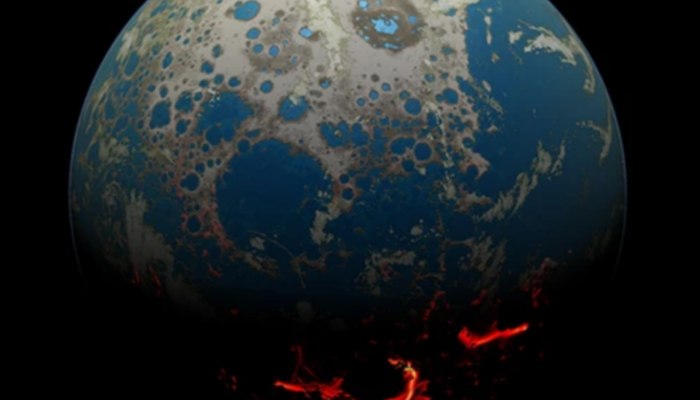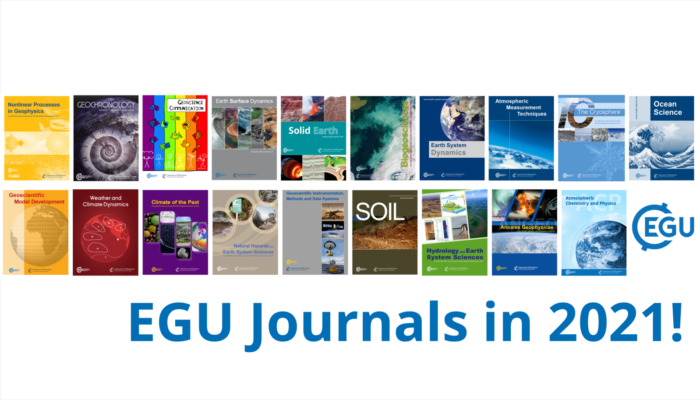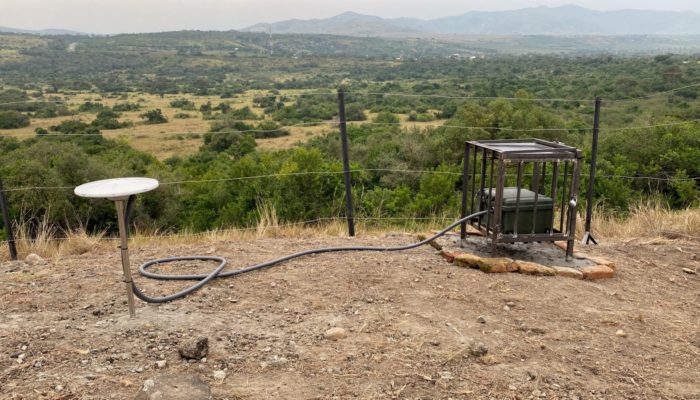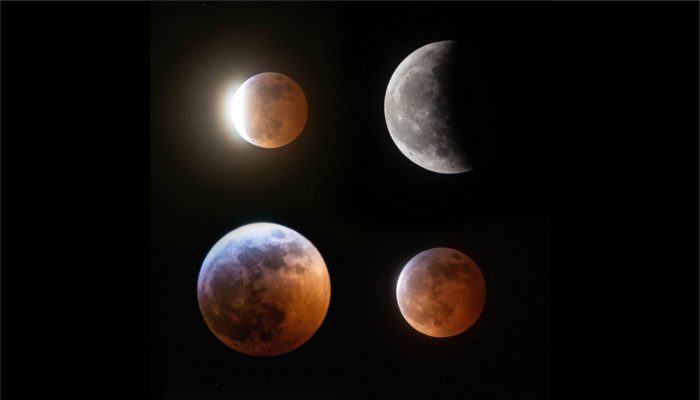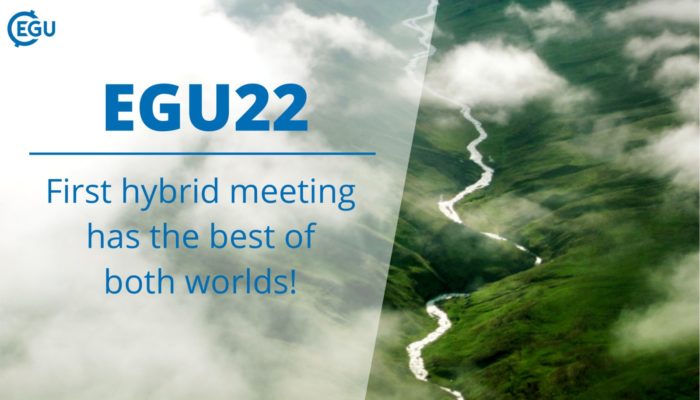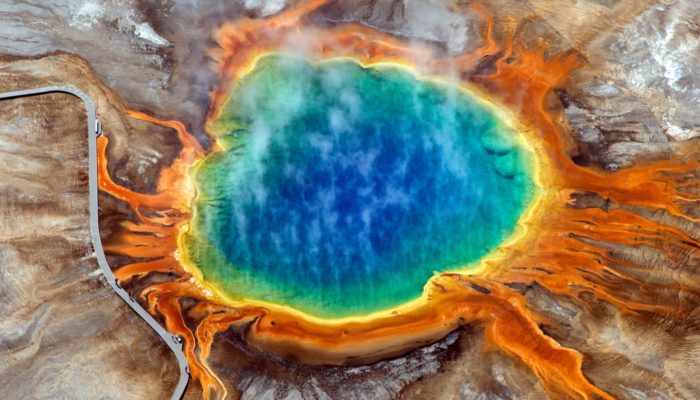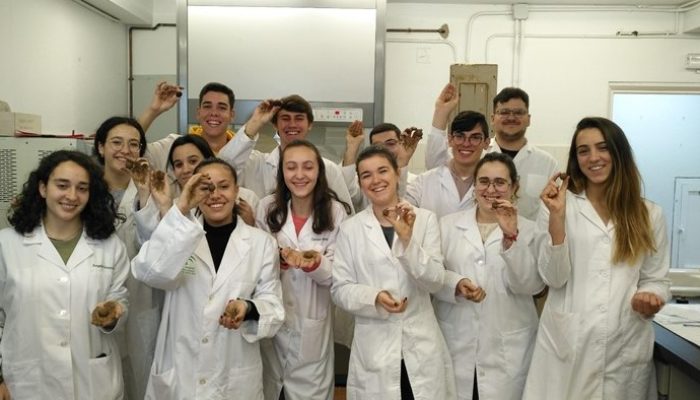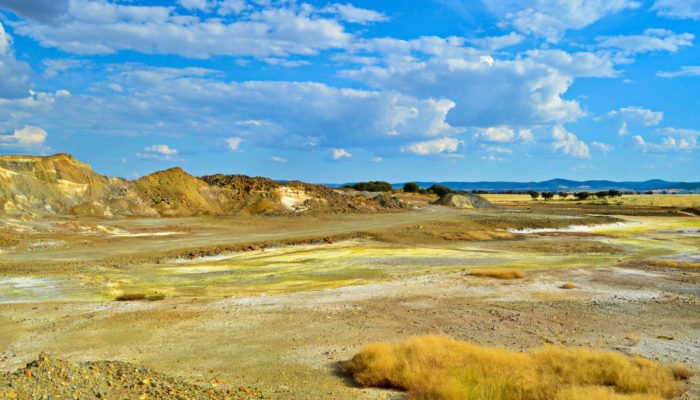With EGU’s first hybrid General Assembly soon approaching, we’re sure you’re browsing through the conference sessions to bookmark your favourite ones. The scientific sessions are certainly amongst the highlights every year, but did you know there’s so much more you can explore during the week-long event? EGU22 has an exciting program with sessions that go beyond the science – including Early Caree ...[Read More]
Ocean Sciences
The fragile connection of the Ocean and the Cryosphere – a story from the past
Compared to the formation and evolution of the Earth’s surface, the ancient oceans receive little attention in geological history. However, understanding the rise and fall of the oceans of the past—or “ghost oceans”—can reveal crucial information about the evolution of our planet, the cryosphere included. Can oceans play a historical role in climate change? If water bodies had not existed, would w ...[Read More]
GeoLog
The most-read EGU journal articles in 2021!
This year EGU published more than 3,375 peer-reviewed articles in our 19 Open Access journals. Upon learning about this impressive number of articles, we wondered: which of these were the most popular? You can find out in the following list of the most-read article for each EGU journal. From rainfall-runoff prediction, tipping points and open source hazard mapping, to the use of language around fr ...[Read More]
Geodesy
Geodesists on Tour: GNSS measurements in East Africa
Africa hosts the world’s most extensive subaerial rift system on Earth known as the East African Rift System (EARS). It stretches over 5000 km from the Red Sea and Gulf of Aden intersection in the north to the Southwest Indian Spreading Ridge south of South Africa. East-West, the EARS spans the eastern border of the Democratic Republic of Congo across to eastern Madagascar over 3000 km. The ...[Read More]
GeoLog
Imaggeo On Monday: the EGU Photo Competition – not just landscapes
In 2010 EGU held our first annual Photo Competition at the General Assembly in Vienna. Since then hundreds of photos have been shared on imaggeo by geoscientists and researchers just like you, with a lucky few being selected each year to be highlighted during the meeting and voted on by our members. These images can be of anything to do with geology or geoscience – we get many beautif ...[Read More]
GeoLog
How to EGU22: the first hybrid General Assembly has the best of both worlds!
Since the first EGU General Assembly in 2004, the European Geosciences Union’s annual scientific conference has welcomed thousands of researchers from all over the globe, every year. As the event grew in scale, we found a home in Vienna, Austria, attracting scientists, science for policy researchers and journalists from around the world, to discuss the latest developments in the Earth, planetary a ...[Read More]
GeoLog
Imaggeo On Monday: 12 years of the EGU Photo Competition
In 2010 EGU held our first annual Photo Competition at the General Assembly in Vienna. Since then hundreds of photos have been shared on imaggeo by geoscientists and researchers just like you, with a lucky few being selected each year to be highlighted during the meeting and voted on by our members. These images can be of anything to do with geology or geoscience – we get many beautif ...[Read More]
GeoLog
The Early Career Scientists group ‘Jobs and Careers’ is here to help all ECS!
Early Career Scientists (ECS) often face challenges when it comes to finding and pursuing their career path. Science offers a wide variety of options, so building a career in or around science can be quite daunting, with no clear single path to follow. While research is an obvious career choice for ECS, it can be conducted in a variety of different settings; from academic and governmental institut ...[Read More]
GeoLog
GeoTalk: meet Federico Amato, environmental data miner & ECS representative for ESSI Division
Hello Federico, thank you for agreeing to talk with us! Could you introduce yourself? Hello Simon, thanks for inviting me for this talk! As you can probably guess from my name, I am Italian. I completed my studies in Italy obtaining a master’s degree in Engineering and a PhD in Innovation and Sustainable Development Engineering. Then, three and a half years ago I moved to Switzerland for a Postdoc ...[Read More]
GeoLog
Imaggeo On Monday: Effect of acid drainage on soil
Acid drainage coming from the gangue piles of a metal sulfide mine. The resilient vegetation consists of isolated patches of Spergularia rubra and Molineriella laevis. Description by Juan Antonio Campos, after the description on imaggeo.egu.eu. Imaggeo is the EGU’s online open access geosciences image repository. All geoscientists (and others) can submit their photographs and videos to this ...[Read More]


